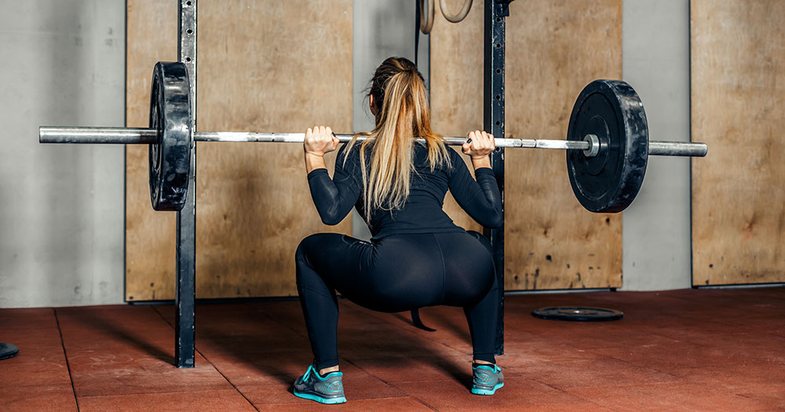
According to a scientific article a few years ago by Oxford researchers, people with large buttocks and thighs - or, in scientific terms, those with an "increased gluteofemoral mass" - had a lower cardiovascular and metabolic risk. According to the study, a larger butt may also be associated with protection against diabetes. The mass carried on the buttocks and thighs, compared to the waist, tends to be more stable and less likely to release hormonal markers that have been associated with insulin resistance, which can lead to diabetes. Based on the writing, it is said that the adipose tissue of the buttocks blocks harmful fat particles and can prevent cardiovascular disease.
While the study included both men and women - it was found that benefits were more likely to occur for women. Having fat on the buttocks and thighs also favors levels of leptin, which is a hormone responsible for weight regulation through long-term food intake and energy expenditure.
Of course, this does not mean that stuffing your buttocks will make you healthier. It all has to do with how the weight is distributed in the body and not how many pounds you weigh and moreover, it is also genetic.
However, when it comes to exercise never avoid squats and all the butt exercises! Do it for the sake of health (and not only).
Source: Elite Daily





